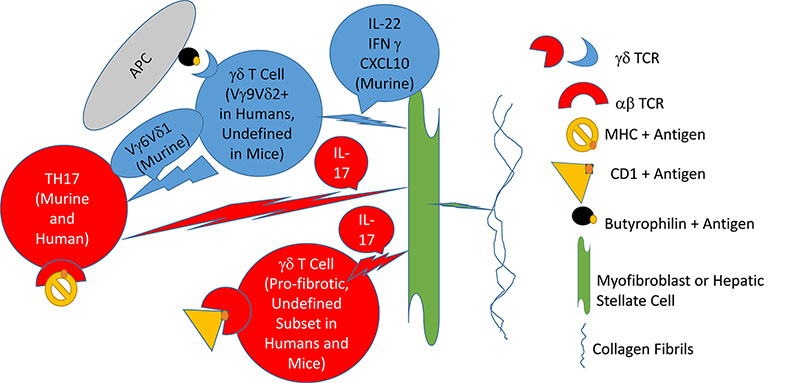
Figure 1. Hypothetical Model of γδ T Cell Involvement in Fibrosis
A hypothetical model is depicted of how two types of γδ T cells, a T helper (TH) cell antigen-presenting cell (APC) and a myofibroblast, are involved in induction collagen secretion. The APCs are depicted presenting a peptidic antigen in MHC to the TH17 αβ T cell receptor, or a lipid antigen to a γδ T cell via a CD1 molecule, eliciting release of IL-17 that activates the myofibroblast to secrete collagen. Other γδ T cells, of the phosphoantigen-recognizing variety in humans, or, in the murine system, a subset secreting IL-22 and CXCL10, may become activated by other antigens presented by butyrophilins, to exert anti-fibrotic activity by inducing apoptosis of the myofibroblast or hepatic stellate cells, or by suppressing TH17 cells. Red depicts pro- and blue anti-fibrotic functions.